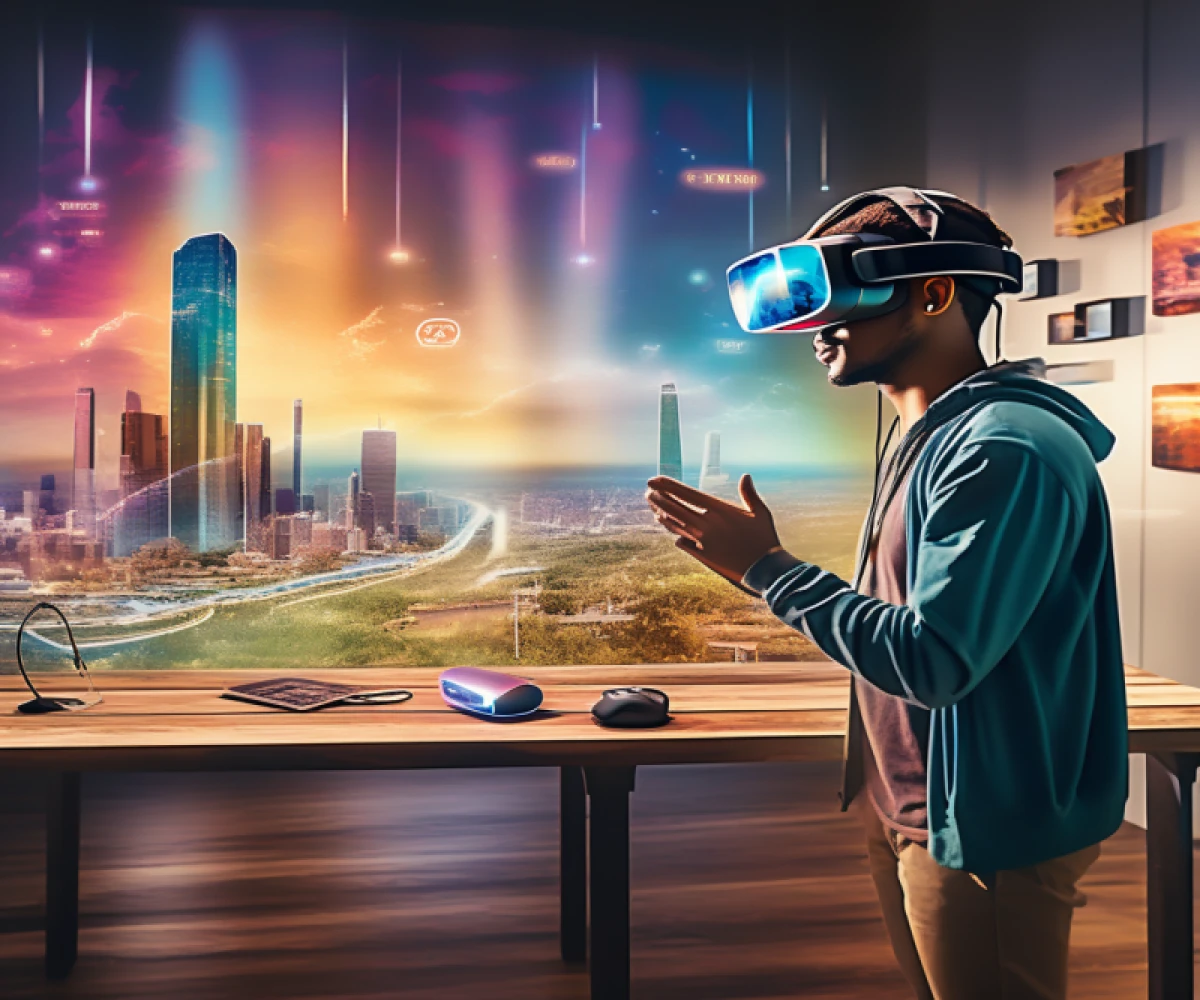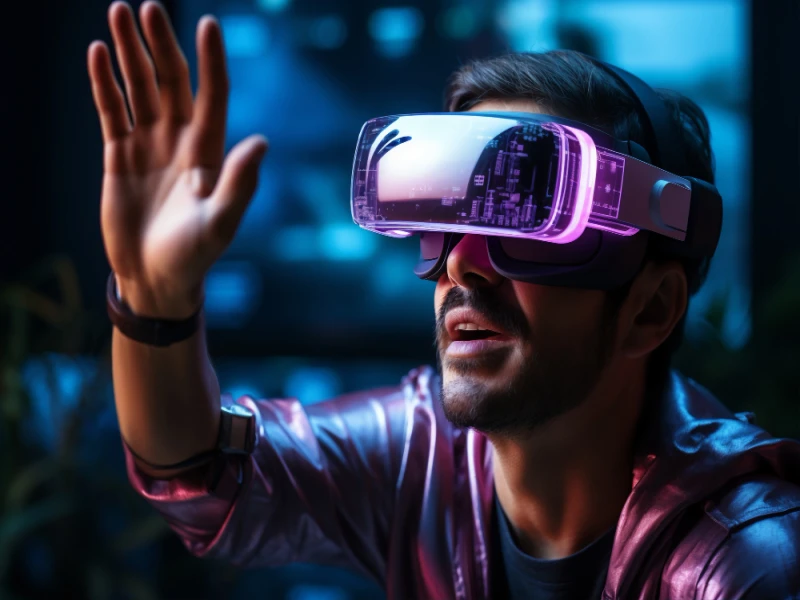
Augmented Reality and Virtual Reality: A Dive into the Past, Present, and Future
The lines between reality and the digital world are blurring. Augmented Reality (AR) and Virtual Reality (VR) are rapidly changing how we interact with our surroundings, pushing the boundaries of what's possible. But where did these technologies come from, and how do they actually work? Let's take a journey through time to explore the fascinating history and inner workings of AR and VR.
A Blast from the Past: Early Glimmers of AR and VR
The seeds of AR and VR were sown surprisingly early. In the 1830s, Charles Wheatstone's stereoscope created the illusion of 3D depth using two slightly different images presented to each eye. This concept laid the foundation for future stereoscopic displays, a key element in both AR and VR.
Fast forward to the 1960s, and we encounter the "Sword of Damocles," a bulky contraption considered the first VR headset. Invented by Ivan Sutherland, it displayed computer-generated graphics, offering a glimpse into what immersive virtual worlds could hold.
The Rise of AR and VR: From Gaming to Global Reach
The 1990s saw the rise of VR headsets like the Nintendo Virtual Boy and Sega VR, primarily focused on gaming. AR also started making its mark with the VIDEOPLACE system, which used cameras and projectors to overlay virtual objects onto real-world environments.
The 2000s ushered in a new era of advancements. Google Glass became the first mainstream AR device, while VR found its footing in training simulations and entertainment experiences.
How Does the Magic Happen? A Peek Inside AR and VR
Augmented Reality:
- Hardware: AR devices, like headsets or smartphones, use cameras to capture the real world.
- Software: AR software analyzes the captured image and overlays digital elements onto it, creating a composite view.
- Key Technologies: Computer vision, image processing, sensor fusion, and spatial mapping.
Virtual Reality:
- Hardware: VR headsets block out the real world and display computer-generated visuals to each eye, creating a sense of immersion.
- Software: VR software creates and renders the virtual environment, responding to head movements and other user interactions.
- Key Technologies: 3D graphics rendering, head tracking, hand tracking, and motion controllers.
Beyond the Hype: The Future of AR and VR
The potential of AR and VR extends far beyond gaming and entertainment. Here are some exciting possibilities:
- Education: Immersive learning experiences in AR and VR can bring history, science, and even dangerous environments to life.
- Healthcare: AR can assist surgeons during operations, while VR can be used for pain management and therapy.
- Manufacturing and Design: AR can overlay instructions and data onto real-world objects, while VR can allow for virtual prototyping and testing.
- Retail: AR can let customers virtually try on clothes or furniture, while VR can create interactive product demonstrations.
AR and VR are no longer science fiction; they're rapidly becoming part of our everyday lives. As these technologies continue to evolve, the possibilities for the future are truly limitless. So, are you ready to step into the next reality?
Remember, this is just a starting point. There's so much more to explore in the world of AR and VR! Dive deeper into specific applications, research the latest advancements, and let your imagination run wild. The future is here, and it's waiting to be shaped by our creativity and innovation.
I hope this blog post has given you a good overview of AR and VR, their history, and how they work. If you have any questions or want to learn more about a specific aspect, feel free to leave a comment below!


